CARING WITH FAMILY
|
| The level of affection a breed tends to exhibit towards their family members or other individuals with whom they are familiar may vary. Certain breeds may appear distant around everyone except their owner, while other breeds treat everyone they are acquainted with as if they were their closest companion. |
LOVE WITH CHILDREN
Unwise
Good With Children
|
| The level of tolerance and patience a breed exhibits towards children's behavior along with their overall family-friendly nature can vary. It is crucial to always supervise dogs when they are around young children or children who have limited exposure to dogs, regardless of the breed. |
BEHAVIOR WITH DOGS
Unwise
Good With Other Dogs
|
| The degree of sociability a breed typically displays towards other dogs can vary. While it is essential to supervise and manage dog-to-dog interactions and introductions, certain breeds tend to be naturally more inclined to get along with other dogs, whether in a home environment or in public settings. |
SHEDDING LEVELS & MANAGEMENT
No Shedding
Hair Everywhere
|
| The amount of fur and hair a breed typically sheds can vary. Breeds that shed heavily will require more frequent brushing to manage their shedding and they may pose a higher risk of triggering allergies in certain individuals. Additionally, homes with these breeds may require more consistent vacuuming and lint-rolling to keep up with the amount of hair left behind. |
COAT GROOMING STANDARDS
|
| The grooming requirements of a breed can vary in terms of bathing, brushing, trimming and other aspects of coat maintenance. It's important to consider your available time, patience, and budget when assessing the grooming needs of a breed. All breeds will require regular nail trimming to maintain their health and comfort. |
DROOLING INTENSITY
Less Likely to Drool
Always Have a Towel
|
| The tendency of a breed to drool can vary. If you value cleanliness and are not fond of dogs leaving ropes of slobber on your arm or big wet spots on your clothes, it may be advisable to avoid breeds that are known to be prone to excessive drooling. |
COAT STYLES GUIDE |
| Double |
| COAT SPECTRUM |
| Medium |
FRIENDLINESS
Reserved
Everyone Is My Best Friend
|
| The receptiveness of a breed towards strangers can vary. Some breeds may exhibit reserved or cautious behavior around all strangers regardless of the environment. On the other hand, certain breeds are generally more open and enthusiastic about meeting new people regardless of the situation. |
LIVELINESS
Only When You Want To Play
Non-Stop
|
| The enthusiasm for play in a breed can vary even beyond the puppyhood stage. Some breeds will maintain a strong desire to play tug-of-war, fetch or engage in interactive games well into their adult years. They may have a high energy level and enjoy activities that keep them physically and mentally stimulated. In contrast, other breeds may be more inclined to relax and enjoy calm companionship preferring to spend most of their time on the couch with their owners. |
VIGILANCE INTENSITY
What's Mine Is Yours
Vigilant
|
| The tendency of a breed to alert you of the presence of strangers can vary. Some breeds are more vigilant and inclined to react to potential threats, such as the arrival of the mailman or a squirrel outside the window. These breeds are likely to warm up to strangers who enter the house and are accepted by their family. |
ADAPTATION CAPACITY
Lives For Routine
Highly Adaptable
|
| The adaptability of a breed to handle change can vary. Some breeds are more flexible and resilient when it comes to changes in living conditions, noise levels, weather, daily schedules and other variations in day-to-day life. They are generally more easily able to adjust and adapt to new circumstances. On the other hand, certain breeds may display a higher sensitivity to change and may require more time and support to acclimate to new situations. |
OBEDIENCE LEVEL
Self-Willed
Eager to Please
|
| The ease of training and willingness to learn can vary among different breeds. Some breeds are known for their high trainability and strong desire to please their owners. They are often quick learners and enjoy the training process as a way to bond with their humans. These breeds are generally more inclined to follow commands and learn new things. |
STAMINA LEVEL
|
| The exercise and mental stimulation needs of a breed can vary greatly. High-energy breeds tend to be active and enthusiastic about physical activities. They require regular opportunities for exercise, such as running, playing and engaging in interactive games. These breeds usually have a higher endurance level and need outlets to burn off their energy. |
VOCALIZATION
|
| When Necessary |
LEARNING CURIOSITY LEVEL
Happy to Lounge
Needs a Job or Activity
|
| The amount of mental stimulation a breed needs to stay happy and healthy can vary. Purpose-bred dogs that have been bred for specific jobs or tasks often require regular mental exercise to keep their minds stimulated. These breeds tend to thrive when provided with activities that involve decision-making, problem-solving, concentration, and other mental challenges. |
| COLORS |
|
Description
|
Registration Code
|
|
Cream
|
076
|
|
Fawn
|
082
|
|
Gray
|
100
|
|
Red
|
140
|
|
White
|
199
|
|
Rust
|
161
|
|
Black & Gray
|
012
|
|
Agouti & White
|
001
|
|
Grizzle
|
109
|
|
Sable
|
164
|
|
| PATTERNS |
|
Description
|
Registration Code
|
|
Brindle Markings
|
007
|
|
Piebald
|
025
|
|
White Markings
|
014
|
|






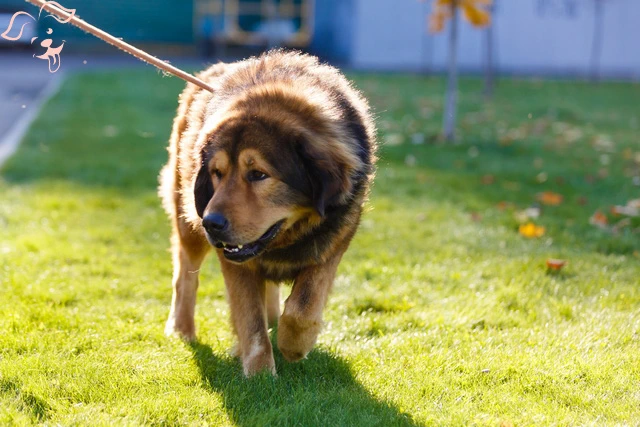
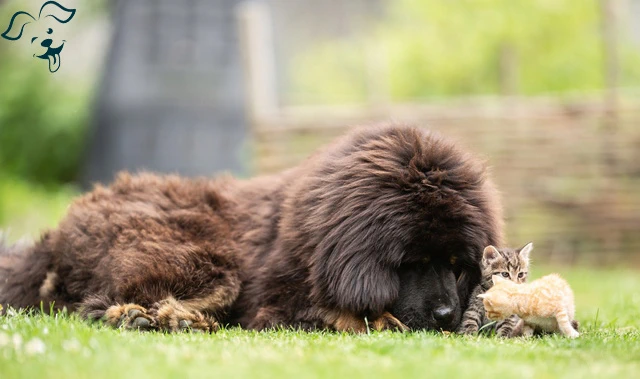
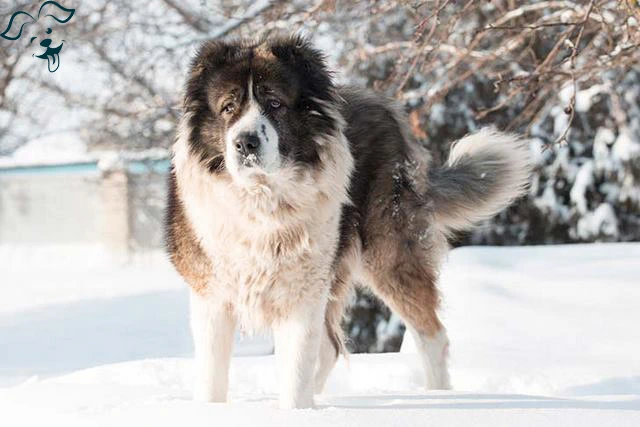
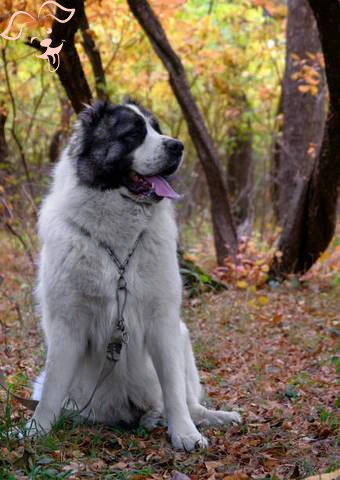





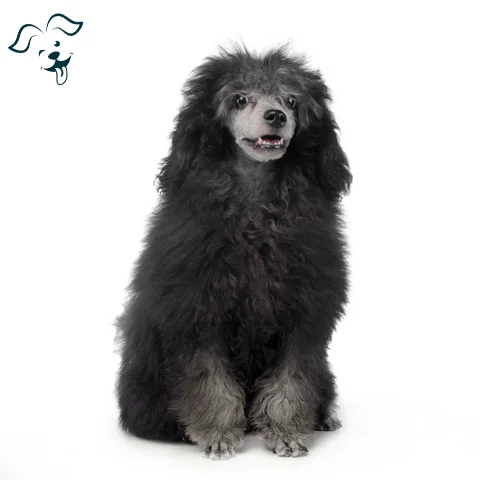





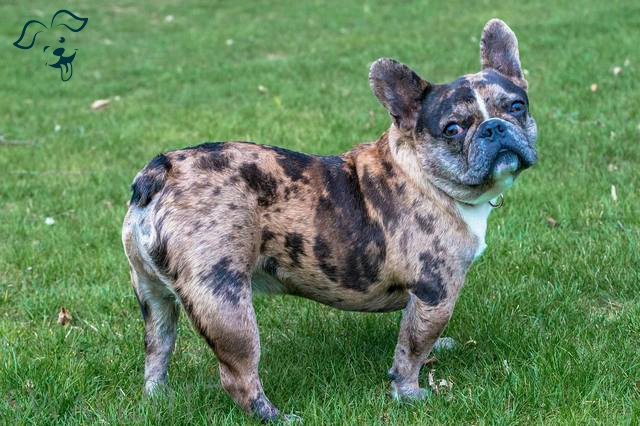
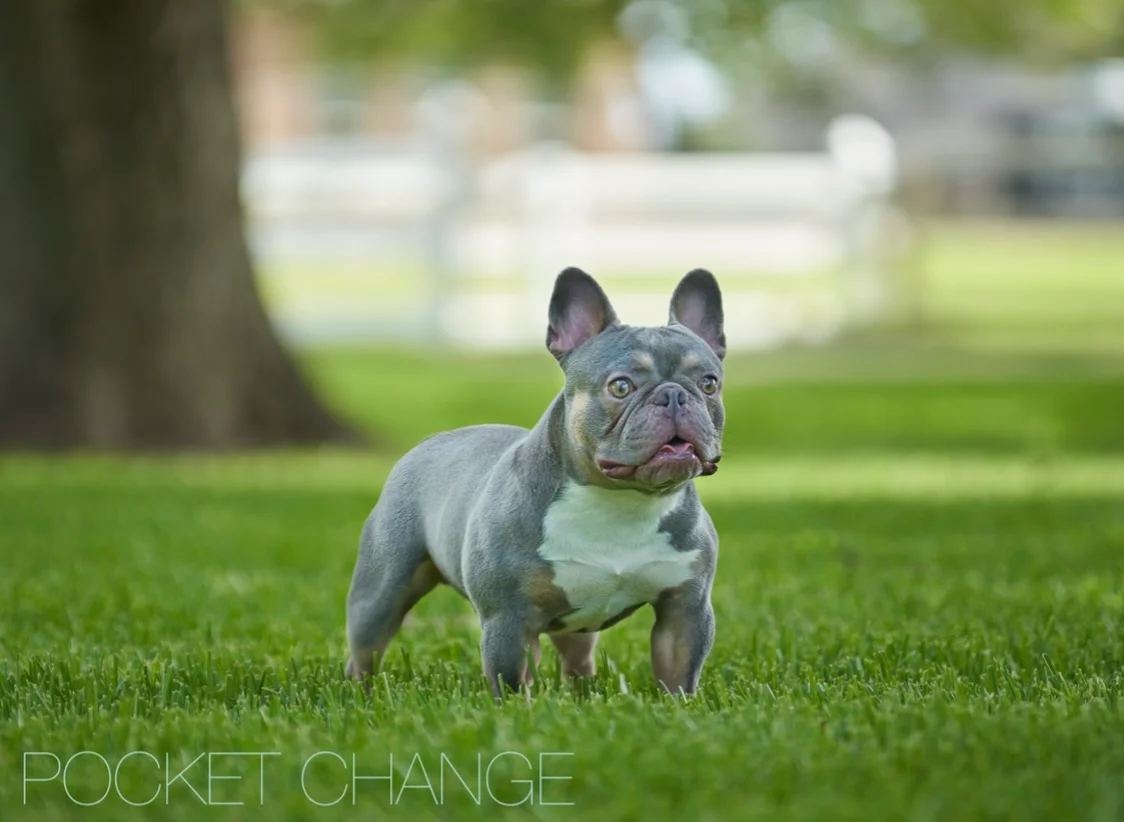





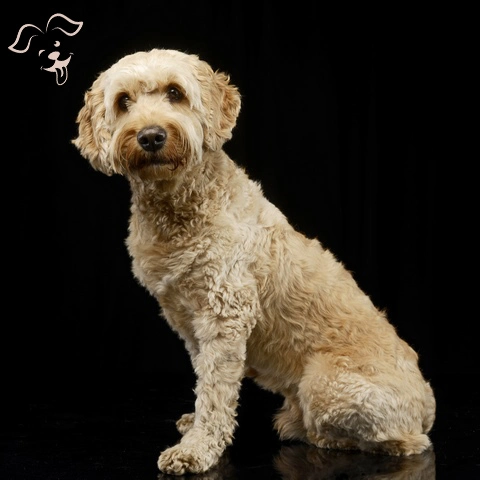
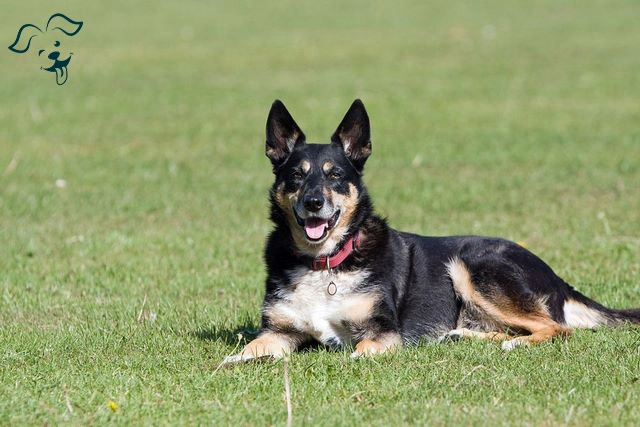
FRIENDLINESS
LIVELINESS
VIGILANCE INTENSITY
ADAPTATION CAPACITY